views
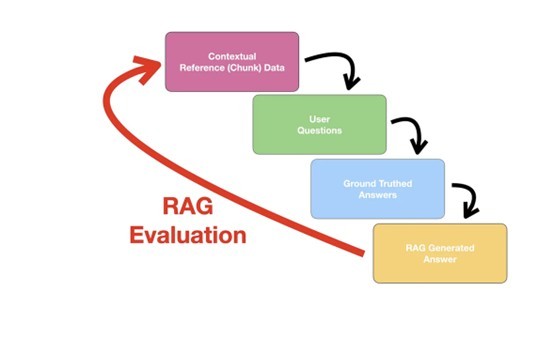
RAG (Retrieval-Augmented Generation) pipelines represent a groundbreaking approach in AI, revolutionizing how data retrieval enhances natural language generation tasks.
In this blog, we delve into the transformative impact of RAG pipelines on data retrieval within AI frameworks. Explore how this innovative technology is reshaping the landscape of information retrieval, empowering AI systems to deliver more contextually accurate and informative outputs than ever before.
Understanding RAG Pipelines
Retrieval-Augmented Generation (RAG) is a sophisticated technique that blends retrieval-based methodologies and generative language models to produce more accurate and contextually appropriate text outputs. In RAG, the generation process is supplemented by accessing relevant information from an external knowledge source or corpus, which the language model subsequently employs to produce responses.
The Mechanism behind RAG Pipelines
RAG pipelines use a two-stage approach that smoothly blends retrieval and generation operations, improving data retrieval in AI applications. At its heart, the retrieval phase is querying a large-scale knowledge base or database using advanced search techniques like dense vector retrieval or semantic search algorithms. These techniques allow RAG pipelines to get a list of relevant articles or passages depending on the input query.
Once retrieved, the selected passages go through a generation phase that serves as context or prompts for a generative model, which is usually a large language model (LLM) such as GPT-3 or BERT. This generative algorithm refines the retrieved material by utilizing the contextual information the passages offer to deliver more accurate and contextually appropriate results. The combination of retrieval and generation enhances the quality of output content by basing it on factual information or meaningful context obtained from the initial retrieval stage.
Overall, RAG pipelines use this dual-stage method to outperform tasks that need context-aware data production, such as question answering, content summarizing, and dialogue systems. RAG pipelines improve the consistency, relevance, and educational value of AI-generated content by merging retrieval and production more effectively.
Benefits of RAG Pipelines
In my humble opinion, RAG pipelines have numerous key benefits that will change AI data retrieval. For starters, they boost accuracy and relevance by securing generative models in real-world data, enhancing the contextuality of outputs. This two-stage strategy reduces hallucinations and ensures that created material is consistent with genuine knowledge.
Second, RAG pipelines improve scalability and performance. They can manage massive datasets and give speedy results because to efficient retrieval techniques, making them suited for high-demand applications. RAG pipelines also enable a broad range of applications, including question answering and information retrieval, as well as intricate activities such as content production and summarization.
Overall, I believe that integrating retrieval and generation in RAG pipelines results in more coherent, trustworthy, and contextually rich AI outputs.
Real World Use Cases of RAG Pipelines
RAG pipelines have already shown their usefulness in a variety of real-world situations. For example, in customer service, RAG pipelines are used to retrieve relevant information and provide exact responses to client requests. In my perspective, this greatly improves the user experience and pleasure.
Another example is in healthcare, where RAG pipelines help generate complete medical reports by obtaining patient history and pertinent medical literature, resulting in comprehensive and reliable information.
Furthermore, RAG pipelines are utilized in content production to assist in constructing quality articles and reports by anchoring the content in real facts. I think that these application cases demonstrate RAG pipelines' adaptability and efficacy, emphasizing their revolutionary impact across several sectors.
Conclusion
To summarize, RAG pipelines are changing AI data retrieval by combining superior retrieval methods with generative models to generate accurate, contextually appropriate results. AI applications benefit from improved accuracy, scalability, and performance when these pipelines are used. I think that RAG pipelines have the potential to change a variety of industries, including customer service and healthcare.
Embrace RAG pipelines and Vectorize.io to maximize the potential of your AI systems and accelerate innovation in your industry.













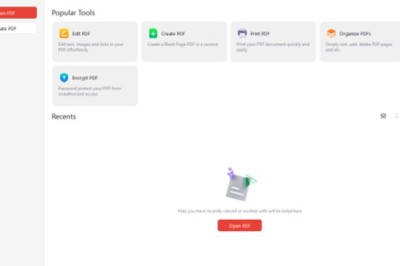

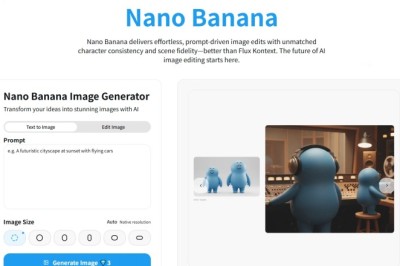
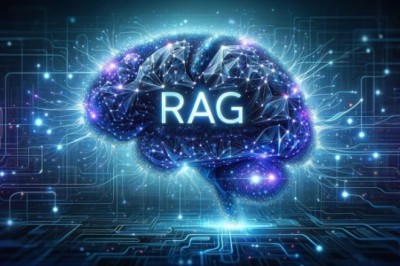
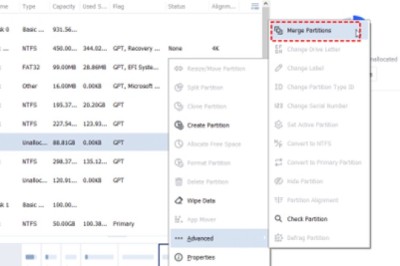
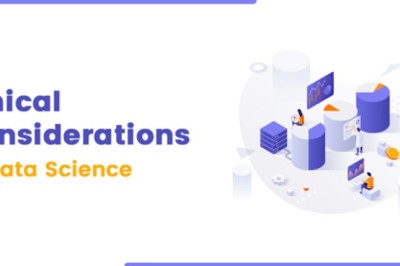






![SEO Trends and Best Practices for [2024]: Staying Ahead in Search Engine Optimization](https://www.wongcw.com/upload/media/posts/2024-04/23/seo-trends-and-best-practices-for-2024-staying-ahead-in-search-engine-optimization_1713866314-s.jpg)
Comments
0 comment